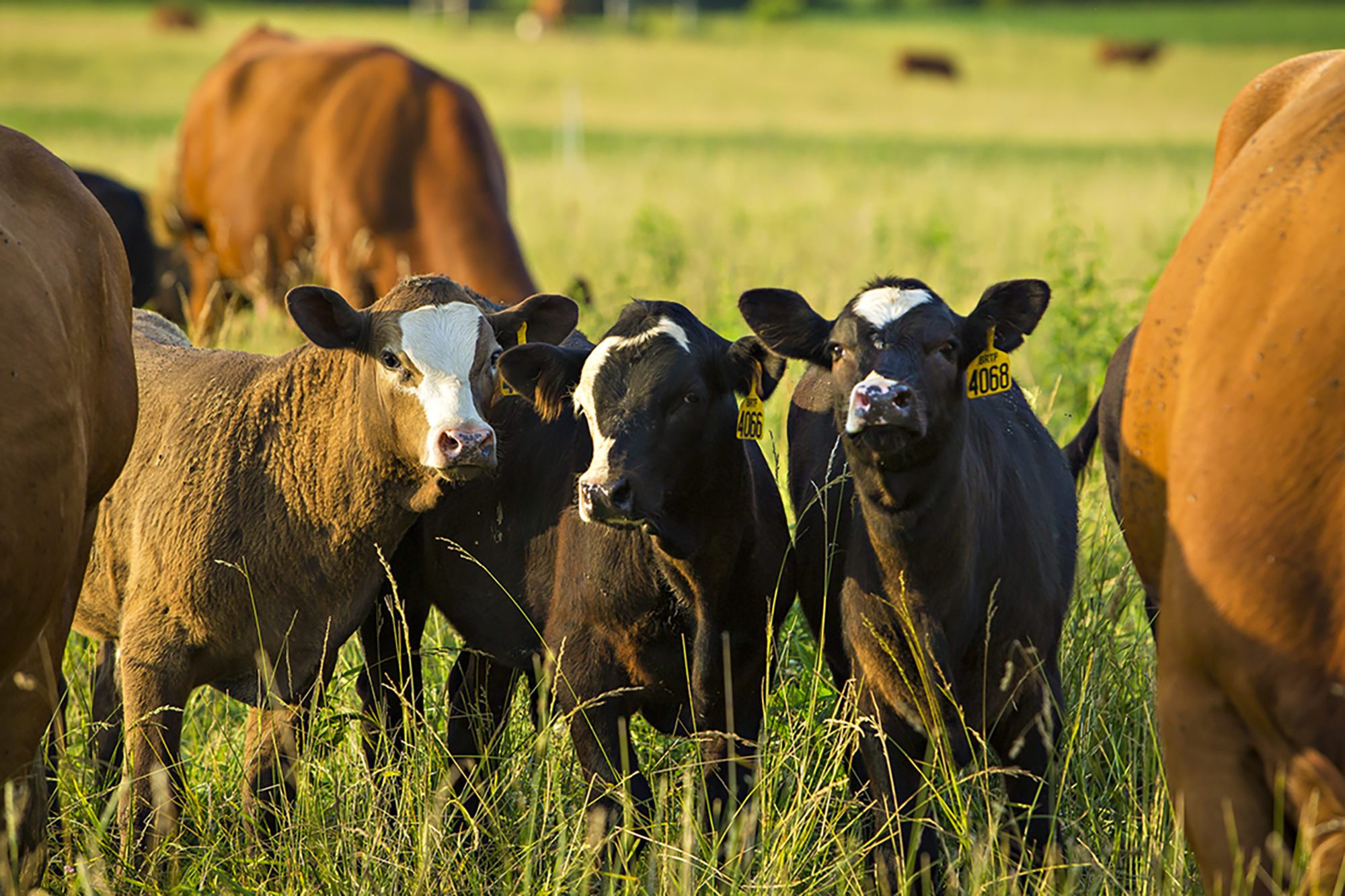
Sept. 19, 2024
Contact: Courtney Perrett, cperrett@missouri.edu
Photo by Kyle Spradley
COLUMBIA, Mo. — United States net farm income in 2024 was $137 billion, falling slightly below the United States Department of Agriculture ‘s (USDA) September forecast and $9 billion lower than the 2023 figure, according to the latest update of the annual U.S. farm income and consumer food price report by The Food and Agricultural Policy Research Institute (FAPRI) at the University of Missouri. Further declines in income are projected in 2025 as some moderation in production expenses and high cattle prices are not enough to offset the impact of lower crop prices.
Pat Westhoff, FAPRI director, notes that these lower projections should be viewed with the appropriate context of historical farm finance conditions.
“When adjusted for inflation, we anticipate the decline in farm income between 2022 and 2025 to be $67 billion,” said Westhoff. “However, despite a 35% drop, inflation-adjusted net farm income remains above the levels we experienced from 2015 to 2020.”
FAPRI’s projections indicate a $32 billion drop in 2024 crop receipts (due to lower prices for many grains, oilseeds and other field crops) while livestock receipts see a healthy $19 billion increase with higher cattle prices. Overall farm production expenses are expected to decline in 2024 after seeing increases in 2022 and 2023. Looking ahead, farm income is projected to decline further in 2025, with a modest recovery in 2026.
For the third straight year, payments under the price loss coverage (PLC) and agriculture risk coverage (ARC) programs will be below $1 billion in 2024. The fall in crop prices since 2022 sees payments under these programs rise to $5 billion in 2025 and 2026.
“From the consumer perspective, we’re also anticipating a slowdown in food inflation,” said Westhoff. “Our projections indicate a rate of 2.2% in 2024, dropping down to 1.6% in 2025.”
The U.S. farm income and consumer food price report incorporates commodity supply, demand and price projections from the center’s August baseline update, as well as USDA’s Economic Research Service (ERS) farm income data, to generate estimates. Taken together, these reports form an overview of the agriculture and food sector and the key drivers of farm incomes:
- Assuming normal growing conditions in the coming years, projected crop prices remain near 2024-25 levels for many crops. Between the 2025-26 and 2029-30 marketing years, corn prices average $4.12 per bushel, soybeans average $9.98 per bushel and wheat prices average $5.70 per bushel.
- Relatively low feed prices, and high meat and dairy prices, would usually prompt an expansion in the livestock sector. However, years of drought and low returns have decreased the size of the U.S. herd and continue to impact its expansion. The competition for heifers has impacted the dairy sector, which is also facing its own issues regarding weather and animal disease. Beef and dairy prices are therefore projected to remain reasonably strong in the medium term. Conversely, the poultry sector can react more quickly to the reduction in feedstocks since 2022 and prices are projected to fall accordingly.
- Although feed costs fall significantly, and lower interest rates reduce interest costs, other costs are flat or increasing so total production costs are largely flat in nominal terms.
- Despite the weakening farm economy, USDA reports that average cropland rental rates and farmland values increased in 2024. Stable or slightly declining average rental rates and land values are projected for 2025 and 2026.
- Inflation for most major food categories is projected to slow in 2024, with the exception of beef and egg prices. Looking ahead, projected egg prices fall in 2025, while continued supply constraints result in further increases in beef prices in 2025 and 2026. The experience in the egg and cattle sector shows how sensitive these projections are to weather and animal disease shocks.
These reports also provide projections related to government programs, biofuel production and use, land value rates and additional insights into consumer food prices.
“FAPRI’s baseline projections implement plausible assumptions, given current conditions, to help agriculture stakeholders understand what they could expect in the next few years,” Westhoff said. “Reports like the various baseline updates can be used as benchmarks to evaluate agricultural policy changes or how other economic drivers can impact agricultural markets and farm finance conditions.”
Additional insights from the August baseline update Additional insights from the farm income report


